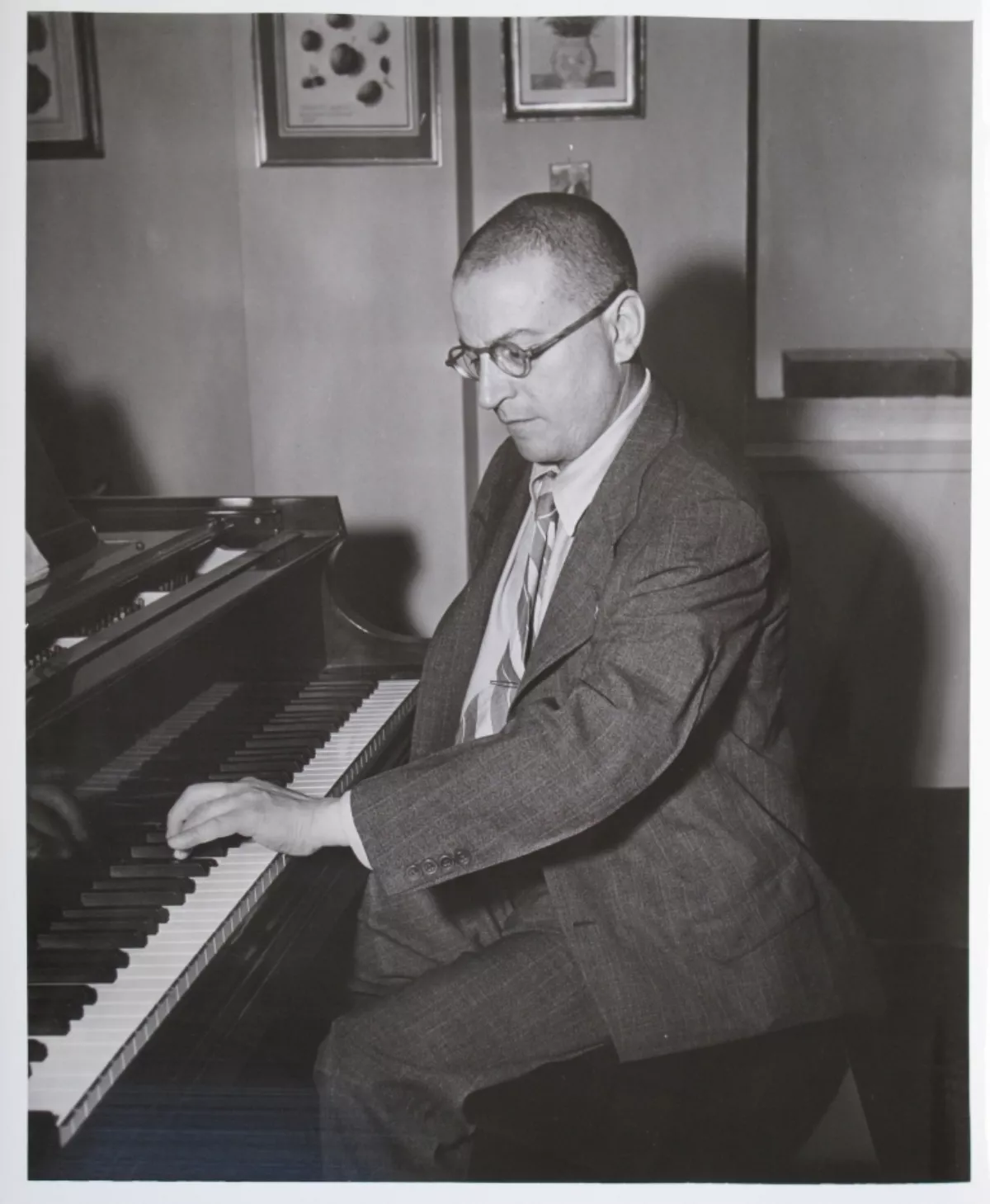 1.
1. Paul Wittgenstein was an Austrian-American concert pianist notable for commissioning new piano concerti for the left hand alone, after his right arm was amputated during World War I He devised novel techniques, including pedal and hand-movement combinations, that allowed him to play chords previously thought impossible for a five-fingered pianist.